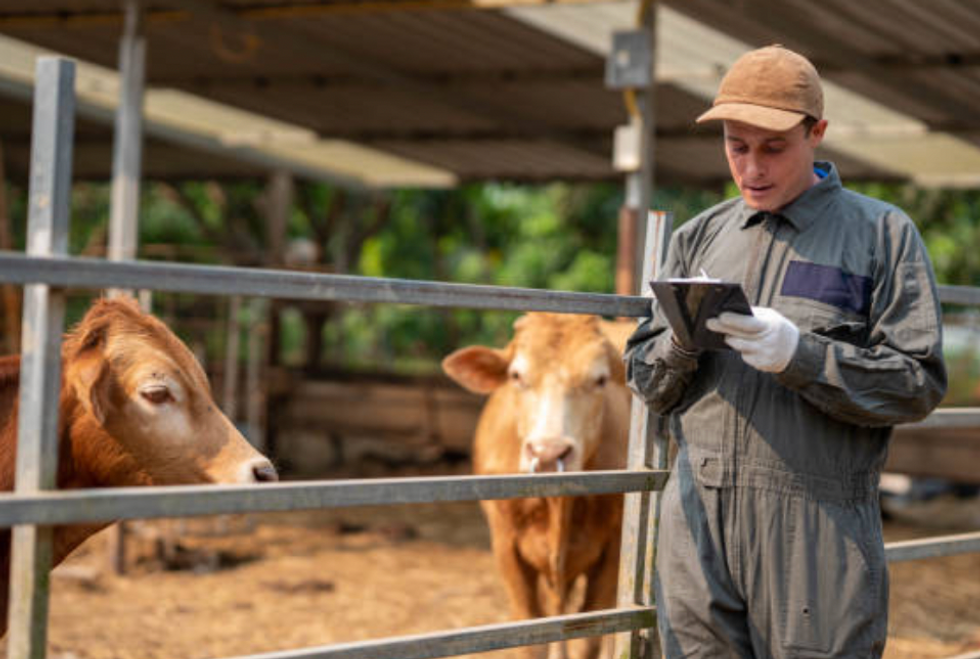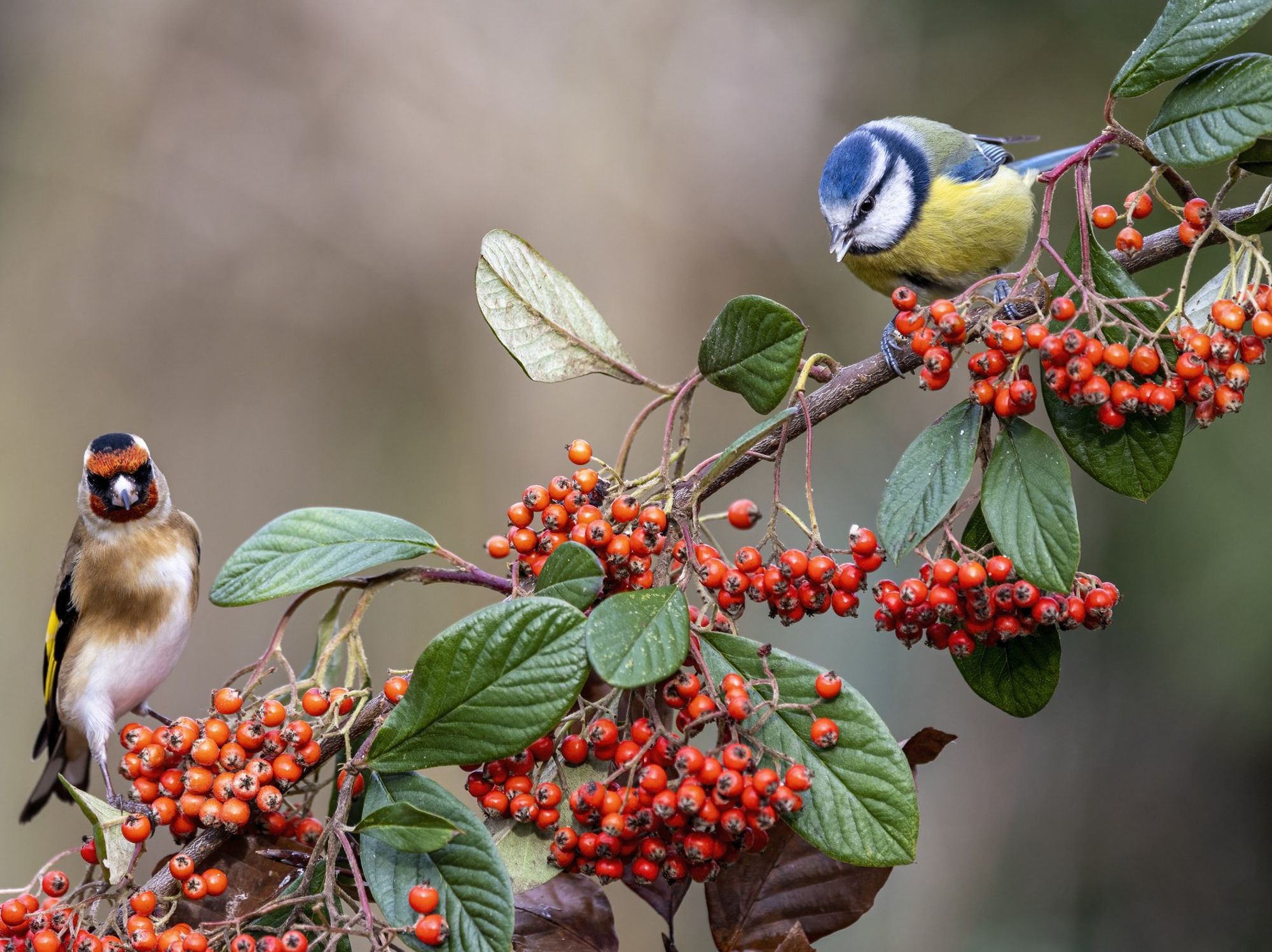Health warning over new pandemic 'with 50 percent mortality rate' after first human death confirmed

Bird flu could kill up to 50 percent of infected humans, warns former CDC director
|Getty Images

- Bird flu predicted to kill up to 50 percent of infected humans
- The warning comes after the first confirmed death in Mexico
- US is currently experiencing a multistate outbreak among cows
Don't Miss
Most Read
The world is sleepwalking into a new pandemic far worse than Covid, warns former director of the US Centers for Disease Control and Prevention (CDC), Robert Redfield.
In a terrifying interview, Redfield put the mortality rate from Avian influenza A (H5N1), or bird flu, at “somewhere between 25 and 50 percent".
In contrast, Covid-19 had a mortality rate of 0.6 per cent, making bird flu a far deadlier prospect.
It comes after the World Health Organization (WHO) recently announced the first human death from bird flu in Mexico, although local health authorities believe the 59-year old patient had actually died from other co-morbidities.
Thankfully, there have been no reports of person-to-person bird flu transmission.
But the presence of the H5N2 strain of bird flu in humans is nonetheless raising alarm bells.
In the past few months, there has been an ongoing multistate outbreak among cows in the United States. Three dairy workers have been infected with the virus, marking the first cow-to-human transmissions.
In the most recent case, at the end of May, the farm worker had respiratory symptoms, according to the Michigan health department; the person had no fever but developed a cough and experienced “eye discomfort’ with a watery discharge from the eye, according to a statement from the CDC.
Other common symptoms of bird flu are consistent with influenza, according to the CDC:
- Cough
- Fatigue
- Fever
- Headaches
- Muscle or body aches
- Runny nose
- Shortness of breath
The infected farm worker is currently recovering with the help of antiviral drugs.
So far so good. However, we have been here before.
Most infectious diseases are caused by viruses circulating in animals, and when these cross over into humans – a process known as zoonosis – they can cause disease outbreaks, epidemics and pandemics such as Ebola, flu or Covid-19.
“I really do think it’s very likely that we will, at some time, it’s not a question of if, it’s more of a question of when we will have a bird flu pandemic,” Redfield told NewsNation on Friday.
Researchers have found that five amino acids have to change their key receptor in order for bird flu to start spreading between humans like Covid-19.
“Once the virus gains the ability to attach to the human receptor and then go human to human, that’s when you’re going to have the pandemic,” Redfield told NewsNation.
LATEST DEVELOPMENTS

Three dairy workers have been infected with the virus amid a multistate outbreak in cows
|Getty Images
“I think it’s just a matter of time,” he added.
Indeed, the spread of the virus among cows is a sign that it could mutate in them, making it easier for it to spread to other animals or potentially humans, warns the CDC.
Don't panic..yet
There has been a mortality (or death) rate of about 50 percent in the almost 900 people around the world who have been infected with bird flu between 2003 and 2024.
However, Redfield's prediction may be an overestimate, reckons Yale Medicine infectious diseases specialist Scott Roberts, adding that there may be cases where people have no symptoms, are only mildly symptomatic, or haven’t sought care for their symptoms. He also noted that if the virus did spread in humans, the percentage might be significantly lower if preventive approaches, including a vaccine, and treatments were made widely available.
Low probability should not let the world's governments fall asleep at the wheel, however.
The concern is that bird flu is now being detected in new animal species. In addition to outbreaks in cows—a relatively new development for the bird flu virus—there have been sporadic infections in some wild mammals.
“It’s natural to wonder if it’s only a matter of time before this virus is able to spread among humans,” Doctor Roberts added.










